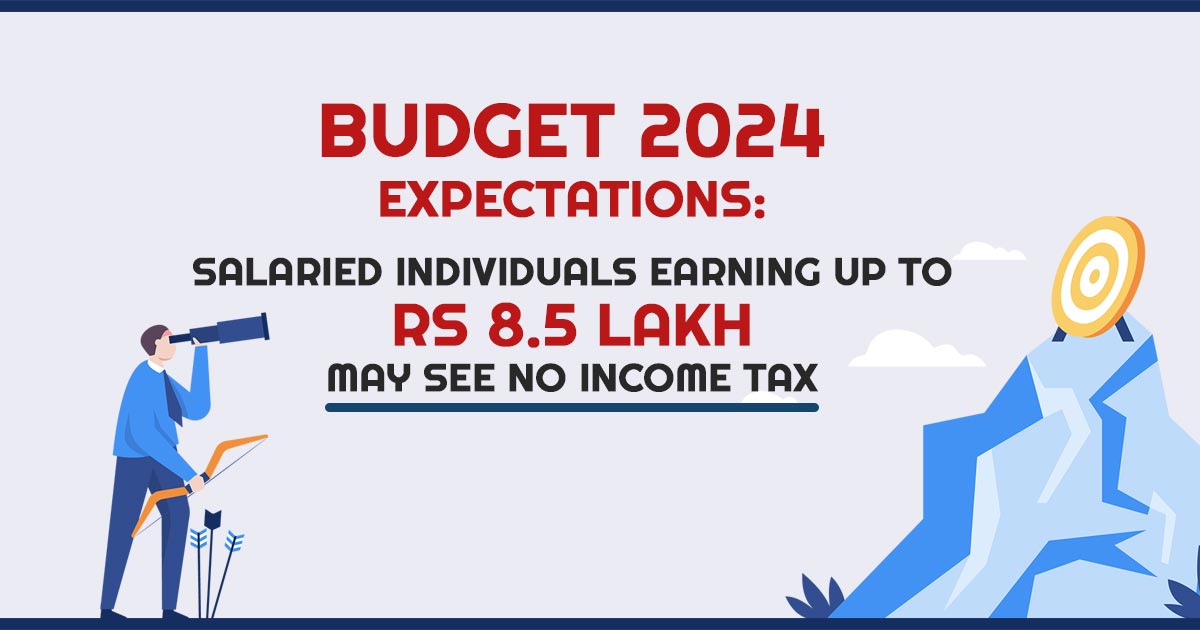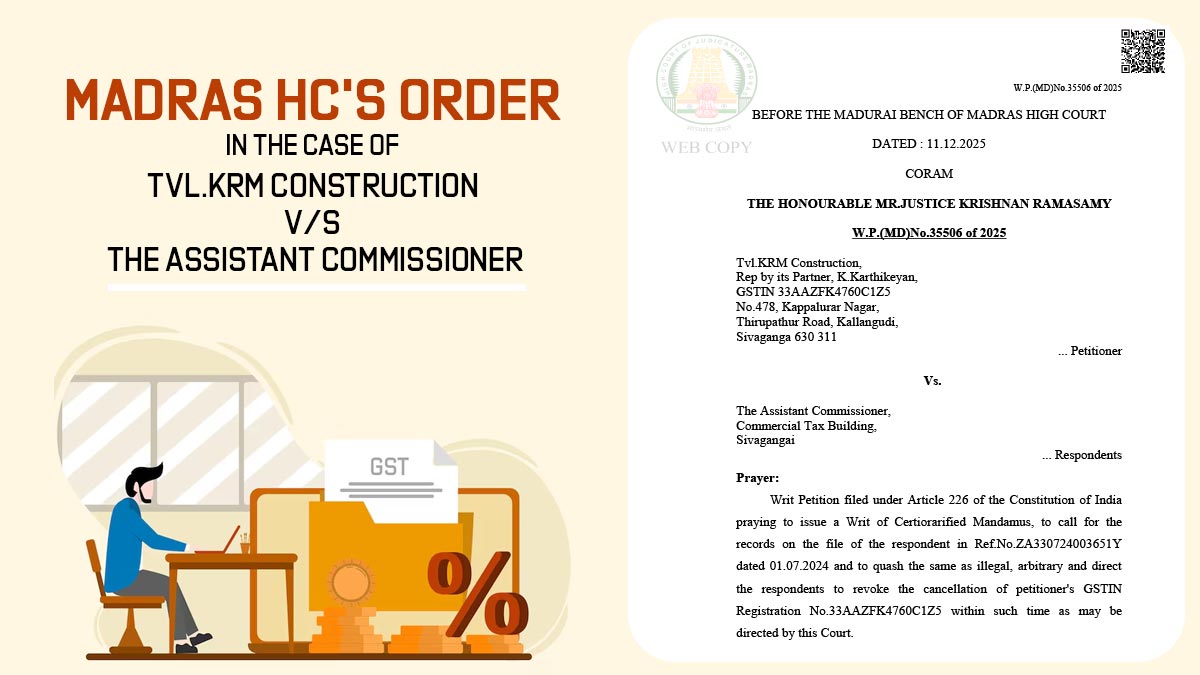
In the Modi 3.0 regime, Finance Minister Nirmala Sitharaman will present her first budget on July 23 in Parliament. It will be her 7th straight budget presentation with an interim one presented in February this year.
Taxpayers, particularly those in the middle class, are anticipating the Modi government’s tax relief measures with just a fortnight to go before the Union Budget 2024. They are seeking for the government to raise the basic exemption limit from Rs 3 lakh to Rs 5 lakh, surge the standard deduction limits, and introduce a new deduction advantage under the updated tax regime.
What are the Benefits Available for I-T Deduction Under NTR?
At present the new tax regime proposes a standard deduction advantage of Rs 50,000 with no additional deductions and exemptions such as those available beneath the old tax regime.
In the coming budget, the experts are also expecting a revision in the structure of the tax. They hold that the government might surge the basic tax exemption limit under the new tax regime from Rs 3 lakh to Rs 5 lakh per annum.
Under NTR, What Shall be the Tax-free Income When the Basic Exemption Limit Has Surged to INR 5 lakh?
When the same rise is been executed then the same is directed that the persons with a yearly income of up to Rs 8.5 lakh can pay zero income tax. The same computation considered the standard deduction and the rebate u/s 87A, assuming will not amended.
He said that this move would offer substantial relief to middle-income earners, significantly increase the tax-free income limit, and increase disposable income for millions of taxpayers.
Exemption with INR 3 Lakh is Tax-Free If Income is up to INR 7.5 Lakh and the Section 87A Rebate
At present, with a Rs 3 lakh exemption limit, income up to Rs 7.5 lakh is tax-free post regarding Standard Deduction and Rebate u/s 87A.
Recent I-T Slabs Rates Under NTR
| I-T Slab Rates | I-T Rates |
|---|---|
| Up to Rs 3 lakh | 0% |
| Rs 3 lakh to Rs 6 lakh | 5% (Tax rebate under the section of 87A) |
| Rs 6 lakh to Rs 9 lakh | 10% (Tax rebate under the section of 87A up to Rs 7 lakh) |
| Rs 9 lakh to Rs 12 lakh | 15% |
| Rs 12 lakh to Rs 15 lakh | 20% |
| Above Rs 15 lakh | 30% |
Assumed Changed I-T Slab Rates
| I-T Slab Rates (assumed under NTR) | I-T Rates |
|---|---|
| Up to Rs 5 lakh | 0% |
| Rs 5 lakh to Rs 6 lakh | 5% (Tax rebate under section 87A) |
| Rs 6 lakh to Rs 9 lakh | 10% (Tax rebate under section 87A on income up to Rs 8 lakh) |
| Rs 9 lakh to Rs 12 lakh | 15% |
| Rs 12 lakh to Rs 15 lakh | 20% |
| Rs 15 lakh and above | 30% |
Note: These are examples that illustrate how adjustments could be made with an increased exemption limit. The tax brackets and rates would be influenced by the government’s tax policy decisions.
Free I-T Exemption Limit with INR 3 lakh and 5 lakh
From the present situation, with an exemption limit of Rs 3 lakh, the tax-free income limit comprises distinct elements First, there is a standard deduction of Rs 50,000. Further, a tax rebate u/s 87A is available, furnishing up to Rs 25,000 in relief if the taxable income is Rs 7 lakh or less. Consequently, the taxable income up to which no tax is subjected to be paid is Rs 7.5 lakh, factoring in the Rs 50,000 standard deduction.
Revised Plan for Tax Exemption Limit to INR 5 Lakh
In the amended scenario with a rise in the tax exemption limit of Rs 5 lakh, the tax-free income limit alters significantly. There is no modification for the standard deduction of Rs 50,000. U/s 87A the tax rebate shall required to be applicable, furnishing Rs 25000 in relief when the taxable income is Rs 8 lakh or less.
Therefore the taxable income of Rs 8.5 lakh is the limit up to which no tax is required to be paid, along with the Rs 50,000 standard deduction.
Tax-free Income Limit Under Exemption & Standard Deduction
| Tax Exemption limit in Rs. | Standard Deduction in Rs. | I-T rebate in Rs. | Tax-free income limit of Rs. |
|---|---|---|---|
| Rs 3 lakh | Rs 50,000 | Rs 25,000 (under section 87A) | Rs 7,50,000 |
| Rs 5 lakh | Rs 50,000 | Rs 25,000 (under section 87A) | Rs 8,50,000 |









